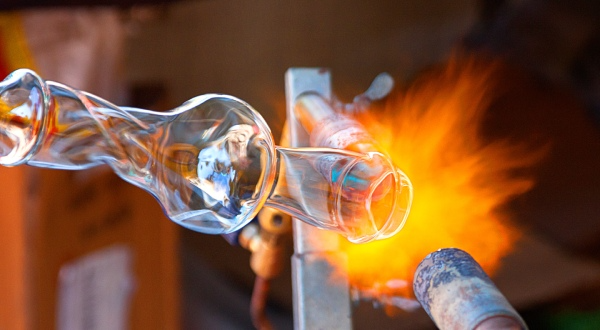The year was 1867. In the town of Speyer, Germany, an ancient glass bottle was discovered—containing a mysterious alcohol-based beverage, likely wine. When this archaeological relic was later analyzed, researchers were astonished to find that the bottle dated back to approximately 325–350 CE.
This discovery earned the bottle the title of the oldest known glass bottle in the world. But more importantly, the study revealed that containers made from glass can remain intact in nature far longer than those made from clay or metal. In other words, glass is non-biodegradable. It does not react with oxygen, nitrogen, or other natural elements at normal temperatures, which explains why the glass bottle has remained preserved for nearly 1,700 years.
Indeed, according to modern research, glass can take up to a million years to decompose in nature—while plastic typically breaks down within 20 to 500 years. However, unlike plastic, which releases harmful microplastics into the environment as it degrades, glass poses no such risk. This makes it a safer and more reliable choice for storing food and beverages over long periods. In fact, statistics support this claim—glass is more widely recycled than wood, plastic, or paper, with an average recycling rate of around 76%.
Naturally, such facts lead many to believe that replacing plastic with glass could help save the planet. Even scientists believed this until about a decade ago. However, recent surveys and studies are now presenting a very different perspective—glass may be no less harmful to the environment than plastic. While not always directly, glass causes indirect environmental damage. But how?
The primary ingredient in glass is silica or silicon dioxide, which is primarily extracted from sand. The increasing demand for glass has led to the rampant extraction of sand, much of it through illegal mining operations. Recent research suggests that the rate of sand mining has surpassed the natural replenishment rate of sand through the erosion of rocks—accelerating land degradation and soil erosion.
That’s not all. The process of converting sand into glass produces silica dust, which, when released into the air, can lead to silicosis—a severe and often fatal lung disease. This illness is increasingly being reported among workers in the glass and cement industries.
Moreover, to reshape or recycle glass products, they must be melted in furnaces. Surprisingly, the temperature required to melt glass is even higher than that needed to extract aluminum. As a result, glass recycling processes emit massive amounts of greenhouse gases. According to research by Alice Brooke from the University of Southampton in the UK, reshaping glass bottles alone results in over 60 megatons of carbon dioxide emissions each year. Additionally, this process consumes vast amounts of energy. All things considered, it’s clear that glass is not significantly less harmful to the environment than plastic.
So the question remains—what’s the solution? Should we stop using glass altogether?
Researchers say the answer lies in reuse. Instead of melting broken glass in energy-intensive furnaces, it should be returned to nature or repurposed without further processing. This approach could help reduce pollution and energy waste.
Note: Content and images are sourced from Prohor.

